THE HISTORY OF ITACARÉ
Itacaré used to be a small Indian settlement that survived on hunting, fishing and subsistence farming. Portuguese colonization began in 1530, with the introduction of "patrimonial commissions" and they controlled their colony through family inheritance.
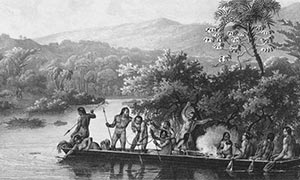 The Portuguese brought with them the Jesuits, who had as one of their objectives the demarcation of the land. In 1720 the Jesuit Luis da Grã erected a chapel under the protection of Saint Michael, baptizing the village as São Miguel da Barra do Rio de Contas. The village then become officially a town in 1732 through the work and goodwill of the Countess of Resende, Dona Maria Athaíde e Castro, owner of the patrimonial commission of Ilhéus. The name of the town would only be changed to Itacaré in 1931.
The Portuguese brought with them the Jesuits, who had as one of their objectives the demarcation of the land. In 1720 the Jesuit Luis da Grã erected a chapel under the protection of Saint Michael, baptizing the village as São Miguel da Barra do Rio de Contas. The village then become officially a town in 1732 through the work and goodwill of the Countess of Resende, Dona Maria Athaíde e Castro, owner of the patrimonial commission of Ilhéus. The name of the town would only be changed to Itacaré in 1931.
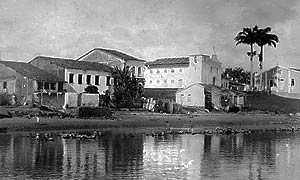 The most important historical monuments of Itacaré are the original church (1723) and the Jesuit's house. The oldest accounts say that during this period of colonization, the Indians living here (the Guerén and Tupiniquin tribes) constantly attacked Itacaré's residents and Jesuits. Because of this the Jesuit fathers decided to build a tunnel connecting the church to their house, where they could escape persecution.
The most important historical monuments of Itacaré are the original church (1723) and the Jesuit's house. The oldest accounts say that during this period of colonization, the Indians living here (the Guerén and Tupiniquin tribes) constantly attacked Itacaré's residents and Jesuits. Because of this the Jesuit fathers decided to build a tunnel connecting the church to their house, where they could escape persecution.
Itacaré did not experience significant growth throughout the colonial period. Although the Rio de Contas was a strategic access route to Chapada Diamantina, the Portuguese Crown prohibited the colonization of lands in the interior of southern Bahia, which limited the development of Itacaré. With constant Indian attacks and little control from the government, the Rio de Contas was a place for pirates and smugglers, a lawless land where fugitive slaves found refuge, thus forming one of Brazil's first quilombos.
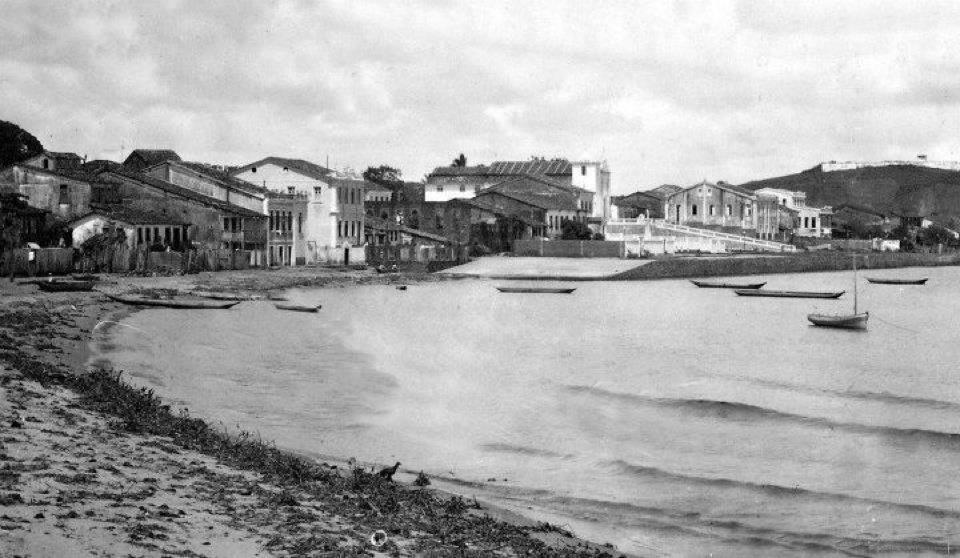
Itacaré only began to develop in the second half of the 19th century, when the economic base of the entire southern region of Bahia became cocoa production. Its port was one of the main outlets for agricultural production in the state and, for many decades, the great cacao lords dictated the rules and produced wealth.
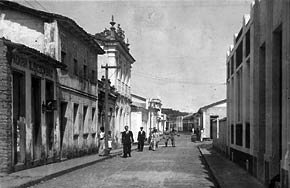 In the 20th century, the construction of railways and roads facilitated the flow of cocoa production directly to the port of Ilhéus. Far from new communication routes, the port of Itacaré lost its importance. The rich farmers abandoned Itacaré and went to live in the cities where they could enjoy modern comfort.
In the 20th century, the construction of railways and roads facilitated the flow of cocoa production directly to the port of Ilhéus. Far from new communication routes, the port of Itacaré lost its importance. The rich farmers abandoned Itacaré and went to live in the cities where they could enjoy modern comfort.
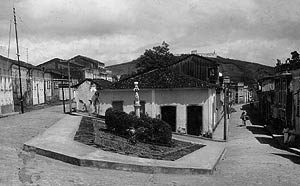 In the mid-1980s, when the plague vassoura de bruxa – "witches broom" – attacked the cocoa plantations and impoverished the entire region, Itacaré was just a small fishing village, far from modern civilization, with few residents and a rich, well-preserved nature. Some adventurous surfers discovered the waves of this little paradise and settled here. This is how Itacaré began to attract surfers from all over the world.
In the mid-1980s, when the plague vassoura de bruxa – "witches broom" – attacked the cocoa plantations and impoverished the entire region, Itacaré was just a small fishing village, far from modern civilization, with few residents and a rich, well-preserved nature. Some adventurous surfers discovered the waves of this little paradise and settled here. This is how Itacaré began to attract surfers from all over the world.
In 1998 the state government completed highway BA-001, connecting Ilhéus and Itacaré. And so started the development of tourism, today the main economic activity. The village has grown, however, thanks to the implementation of the Itacaré Serra Grande Environmental Protection Area in 1993, extensive areas of tropical forest have been preserved. The exuberant nature of Itacaré is today its main tourist attraction.
📷 old photos of Itacare
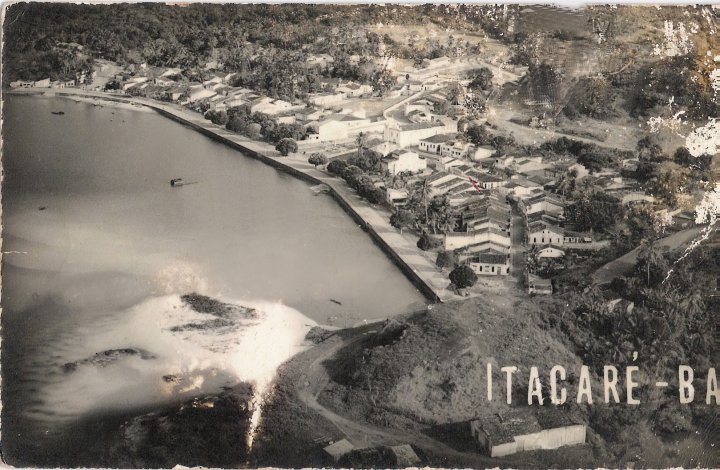
WHY “ ITACARÉ ” ?
The meaning of the word Itacaré still causes some doubt. Some say it's "Round Stone"; others say it's "Pretty Stone". Research wascarried out recently in conjunction with the Federal University of Bahia's Central Library. The result of this study says that the word Itacaré comes from: itacá (noisy river) and ré (different). Therefore, Itacaré would mean "river of a different noise".
For more information:
Pirates, Jesuits, Quilombolas, Colonels, Fishermen and Surfers: A small environmental history of Itacaré
by Christian Palmer (in Portuguese)
(Creative Commons Attribution-ShareAlike 4.0 International License.)

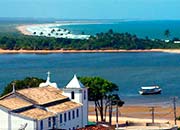
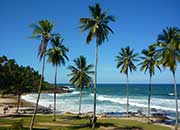
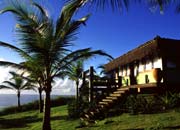


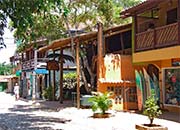
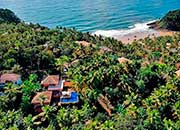
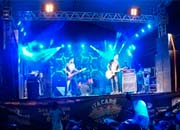



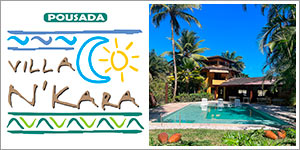
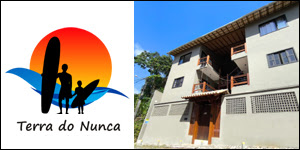
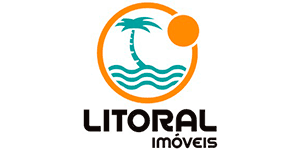
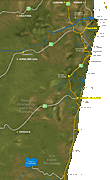
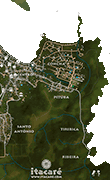
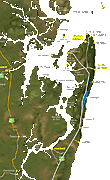

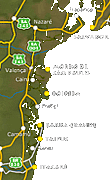
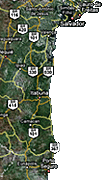
 este site em Português
este site em Português este sitio en Español
este sitio en Español ce site en Français
ce site en Français